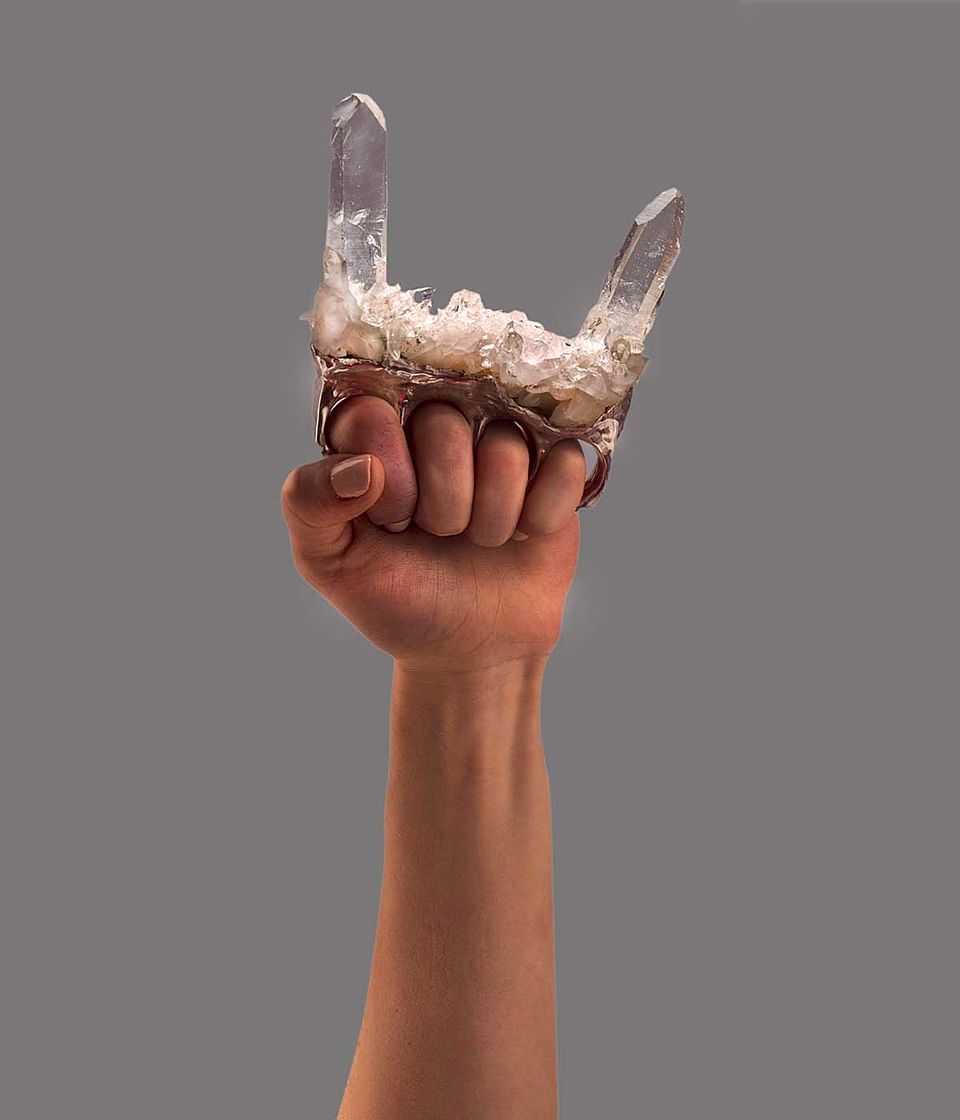Sam Maloof
- Born
- Chino, California, United States
- Died
- Rancho Cucamonga, California, United States
- Active in
- Alta Loma, California, United States
- Biography
Born in Chino, California, Sam Maloof is a 1934 graduate of Chino High School. He worked as a graphic artist before being encouraged by his wife to pursue woodworking. Having no formal training in the field, he persevered through trial and error to become one of America's preeminent makers of handcrafted furniture.
Maloof was the first woodworker elected as a fellow of the American Craft Council and the first recipient of a Louis Comfort Tiffany Foundation grant. He was awarded a MacArthur Foundation fellowship in 1985. Once of his rocking chairs—regarded by many craft artists as the most difficult type of furntiure to make—was the first piece of contemporary furniture selected for the White House Collection in 1982.
Kenneth R. Trapp and Howard Risatti Skilled Work: American Craft in the Renwick Gallery (Washington, D.C.: National Museum of American Art with the Smithsonian Institution Press, 1998)
- Artist Biography
Sam Maloof is America's best known contemporary furniture craftsman. While he is self-taught as a woodworker, both his name and his work are instantly recognizable. No other twentieth-century studio furniture maker has received as many awards for design and craftsmanship. In 1985 he was named a John D. and Catherine T. MacArthur Foundation Fellow. He is the only craftsman to have received this coveted "genius" award.
Sam Maloof was born in 1916 in Chino, California, to Lebanese immigrant parents. He began making furniture in 1949, after working as a graphic artist in industry, serving in the U.S. Army during World War II, and working as a studio assistant to the artist-designer Millard Sheets, of Claremont, California. During the 1950s, he was a key member of the innovative, Los Angeles-area modern design movement; his work was included in the annual "California Design" shows, as well as other exhibits of contemporary-style home furnishings. With its warm tones, hand-sculpted details, and simple, timeless designs, Maloof's walnut furniture perfectly complemented the spare, open-plan interiors of the sleek, modernist Southern California residences built during that decade. Leading West Coast architects and decorators, as well as style-conscious homeowners, regularly ordered pieces from his small, one-man workshop, and his classic design attracted nationwide attention in the press.
In 1957 the American Craft Museum in New York launched its first exhibition of studio craft furniture, "Furniture by Craftsmen," and Maloof was invited to participate. The same year, he also attended the first national conference of the American Crafts Council (ACC) at Asilomar, California. As crafts gained popularity and credibility on both coasts, Sam discovered he was part of a thriving national movement. At Asilomar, participants discovered their shared dedication to working with their hands in an increasingly technological society. Maloof soon emerged as a leader; he served for a quarter century as an ACC trustee and during that time spoke and wrote tirelessly to promote the moral and spiritual values of handcraftsmanship. In 1969 he expressed his credo: "I want to be able to work a piece of wood into an object that contributes something beautiful and useful to our everyday living. To be able to work with materials without destroying their natural beauty and warmth, to be able to work as we want—that is a God-given privilege."
By 1970, Sam Maloof was acknowledged to be a leading member of the first generation of post-World War II studio furniture makers. These pioneers shared an aesthetic based on a modernist reverence for the beauty of solid hardwoods, a love of simple, sculptural shapes, a rejection of applied ornament and historical style, and above all, a dedication to function. Their influence remains strong among the postmodern "second generation" of studio furniture makers, even though this group employs mixed materials, creates personally expressive or historically based pieces, and often rejects function. For this generation, the quality of Maloof's work and the success of his business operation confirmed that woodworking was a viable way of life.
Smithsonian American Art Museum The Furniture of Sam Maloof, September 14, 2001–January 20, 2002 exhibition brochure (Washington, D.C.: Smithsonian American Art Museum, 2001)














